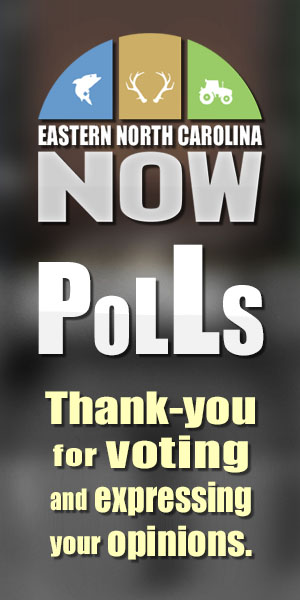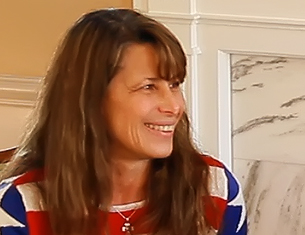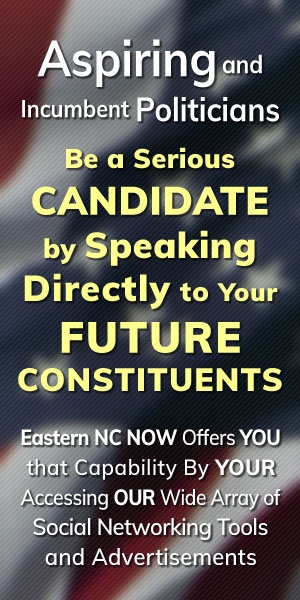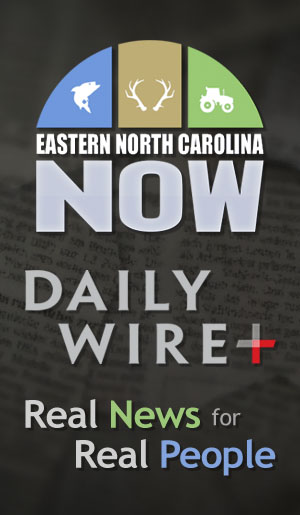Clause 3. The Electors shall meet in their respective States, and vote by Ballot for two Persons, of whom one at least shall not be an Inhabitant of the same State with themselves. And they shall make a List of all the Persons voted for, and of the Number of Votes for each; which List they shall sign and certify, and transmit sealed to the Seat of the Government of the United States, directed to the President of the Senate. The President of the Senate shall, in the Presence of the Senate and House of Representatives, open all the Certificates, and the Votes shall then be counted. The Person having the greatest Number of Votes shall be the President, if such Number be a Majority of the whole Number of Electors appointed; and if there be more than one who have such Majority, and have an equal Number of Votes, then the House of Representatives shall immediately chuse by Ballot one of them for President; and if no Person have a Majority, then from the five highest on the List the said House shall in like Manner chuse the President. But in chusing the President, the Votes shall be taken by States, the Representation from each State having one Vote; A quorum for this Purpose shall consist of a Member or Members from two thirds of the States, and a Majority of all the States shall be necessary to a Choice. In every Case, after the Choice of the President, the Person having the greatest Number of Votes of the Electors shall be the Vice President. But if there should remain two or more who have equal Votes, the Senate shall chuse from them by Ballot the Vice President.
Clause 4. The Congress may determine the Time of chusing the Electors, and the Day on which they shall give their Votes; which Day shall be the same throughout the United States.
References:
Hans A. von Spakovsky,
"9 Election Reforms States Can Implement to Prevent Mistakes and Voter Fraud," The Heritage Foundation, February 2, 2021. Referenced at:
https://www.heritage.org/election-integrity/commentary/9-election-reforms-states-can-implement-prevent-mistakes-and-vote
Professor Edmund R. Kallina (Univ. of Central Florida),
"Was the 1960 Presidential Election Stolen? The Case of Illinois," Presidential Studies Quarterly, Vo. 15, No. 1 (Inaugurating the President /Winter 1985), pp. 113-118.
John R. Lott, Jr.,
"Is Ensuring Election Integrity Anti-Democratic?", IMPRIMIS (a publication of Hillsdale College), October 2021. Referenced at:
http://www.hillsdale.edu
NC Lieutenant Governor Mark Robinson Addresses the NC House Committee on the Judiciary, YouTube video, April 22, 2021. Referenced at:
https://www.youtube.com/watch?v=CTvKswJjves&ab_channel=BreitbartNews
"Voter Fraud Map: Election Fraud Database," The Heritage Foundation, 2020. Referenced at:
https://www.heritage.org/voterfraud
"More Resources on Election Integrity," The Heritage Foundation. Referenced at:
https://www.heritage.org/election-integrity
Role of Congress in Regulating Federal Elections -
https://constitution.congress.gov/browse/essay/artI_S4_C1_1_1_1_2/
US Constitution, Article II -
https://constitution.congress.gov/browse/article-2/section-1/
poll#147
























Diane Rufino